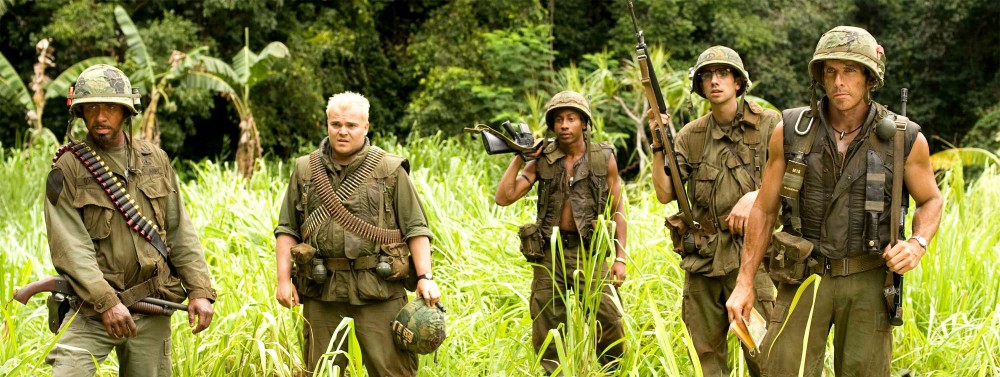So, what will you do if you lose whole your certification like a passport or a car license and around people, suddenly, become not to recognize you? In the film named “Unknown”, Dr. Martin (Liam Neeson) is exactly in that situation. He goes to Berlin with wife (January Jones) to attend an environmental symposium. After getting hotel, however, he realizes that he lost his certification at an airport and, on his way to there by taxi, he get a car accident. Then, after awaking from the accident, he realize that nobody recognize him, even his wife. After watching this film, I can’t stop admiring such a completely sophisticated narrative. But more than that, I think the best part of this film is using Berlin for the location setting.
Using Berlin as a setting of the film is a smart choice. One reason of that is, by setting Berlin as a location, the director could put main character, Dr. Martin, in hopeless situation to bring back his identity. Actually, when he lose his certifications, if he was in his home country, U.S., and could communicate with surround people, it might be easy to bring back those certifications. So, in order to prevent him from those possibilities, the film uses Berlin as a setting. For example, in the film, after losing his certifications, only person can certificate him is the taxi driver because the workers at a hotel he stay always ask him to show his certification and his wife does not recognize him strangely. Actually, he also tries to contact with acquaintance in U.S., it does not work well and, then, he is in almost hopeless situation.
Another good reason to use Berlin as a setting of the film is that it is fit for other minor characters. In this film, there are, of course, some important minor characters; however, a point the director should concern might be how to make those characters appeared naturally in this world. Regarding the point, Berlin might be the best choice. For example, the taxi driver is an immigrant from Bosnia and Herzegovina. This is related to the fact that the Germany is one of the countries which accept many immigrants in its countries. But, since the driver has entered Germany illegally, she is not cooperative with him. If the location is a less immigrant acceptable country, it is difficult to set this minor character’s position. Moreover, there is another important minor character, a detective who tries to investigate Martin’s certificate information. Actually his way to investigate is more than usual detective way, like using a back channel. Then, later we realize that he is come from a secret police in the East Germany. This is also one example of how the location fits the character in the story naturally.
Above all, this film has a excellent sophisticated narrative in it. However, such a splendid narrative is, actually, founded on location setting selected thoughtfully. Because this film’s real pleasure is enjoying the deeply thought story, I don’t mention about the story. Therefore, I really recommend you to watch this and enjoy the masterpiece by yourself.
http://www.imdb.com/title/tt1401152/?ref_=fn_al_tt_1
